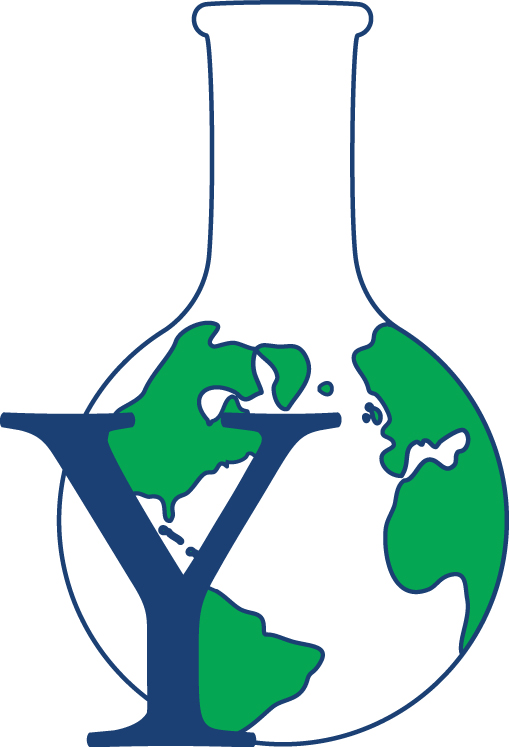Overview
The depletion of natural resources and the damage being done to the environment as a result of increased demand for these resources has been felt over the past several decades. Our focus is on the development and implementation of a universal and sustainable heavy metal remediation technology to offset the risks posed by wastewater runoff from anthropogenic practices.
While many technologies for specific metal remediation already exist, there is no single technology that addresses a large variety of related contaminants. Current efficient removal technologies have the drawback of being highly specific, and this lack of universality results in a difficult and unsustainable use-phase as wastewater is often contaminated with many metals.
Study
This project seeks to develop a nanopowder metal oxide-impregnated chitosan bead (MICB) adsorbent to be used for sustainable removal of arsenic and selenium from solution. Chitosan, a waste product from shellfish, also adsorbs metals like mercury, copper, and cadmium which often coexist with arsenic and selenium. The current work attempts to increase the selectivity of MICB adsorbent in highly complex environments, which are commonly seen in wastewater runoffs.
Impact
This technology will allow the removal of a large variety of related contaminants which are currently present in water environments.
